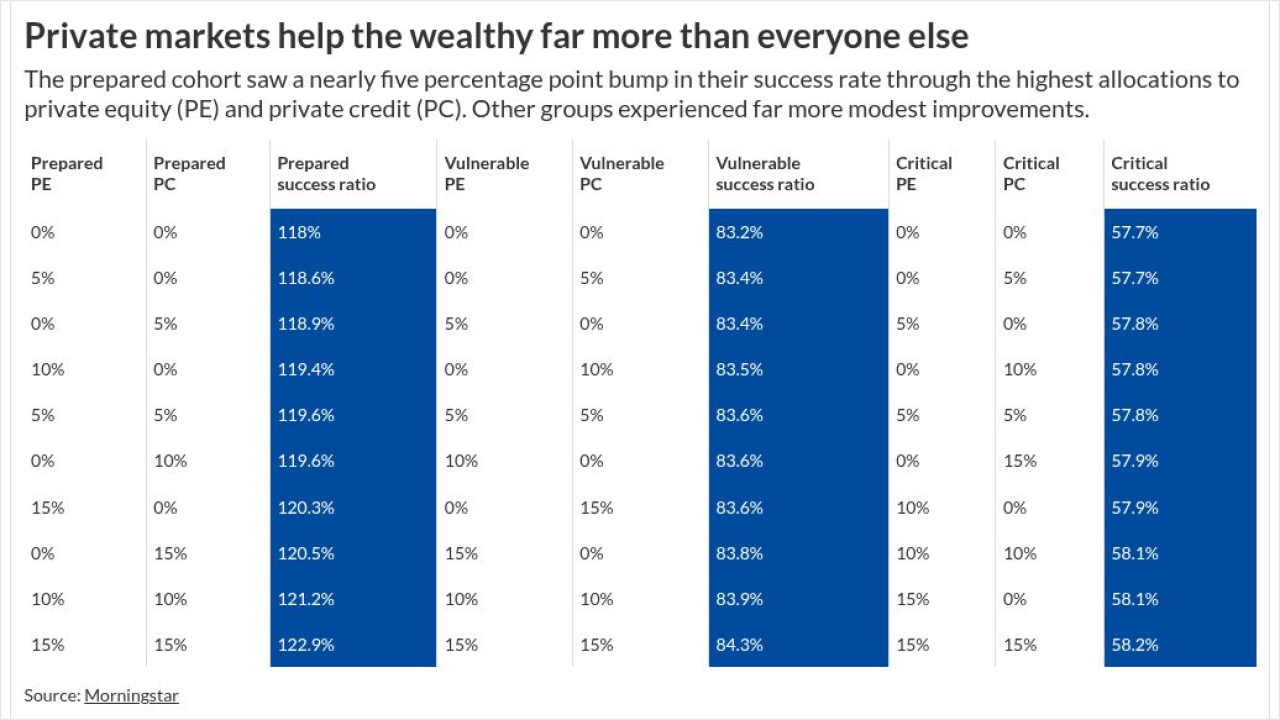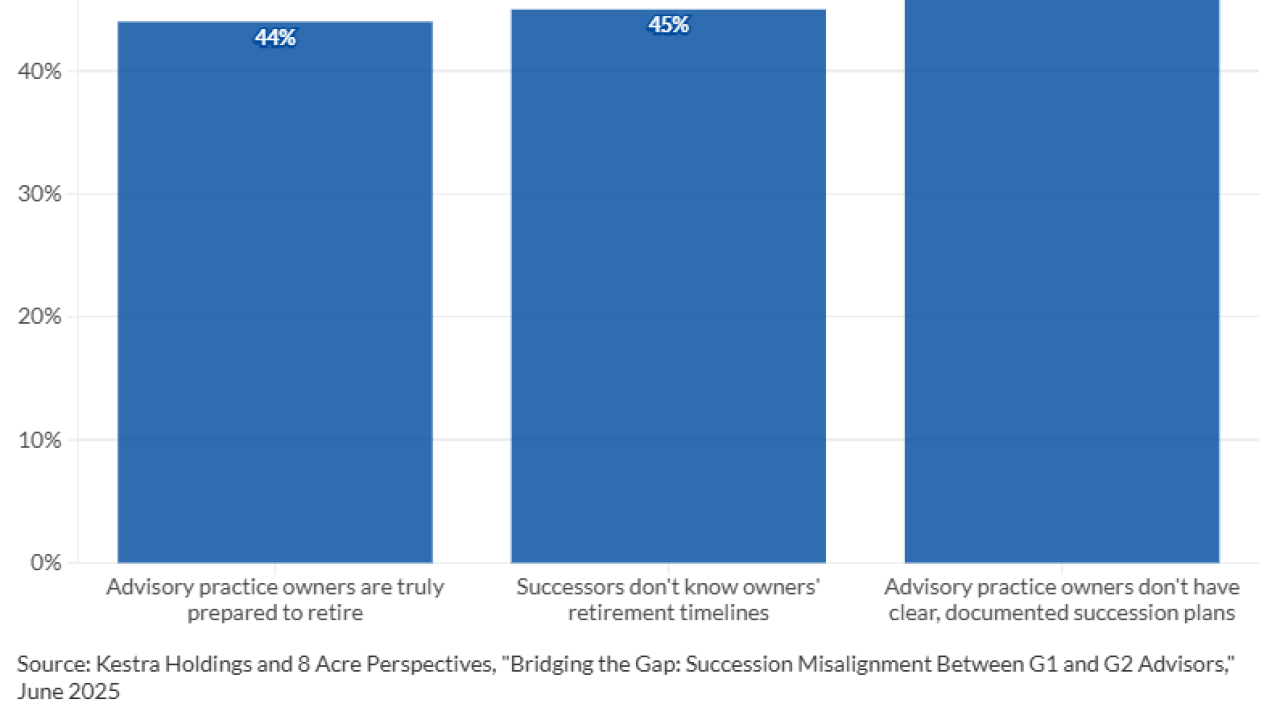WASHINGTON President Obama's nomination of a community banker to fill one of two vacant seats on the Federal Reserve Board is in danger of withering on the vine as a rapidly closing legislative window, potential parliamentary issues and other concerns are conspiring to significantly slow the process.
Allan Landon, a lecturer at the University of Hawaii and former chief executive of the Bank of Hawaii, was nominated for a slot on the Fed Board in January but has yet to see his nomination hearing scheduled by the Senate Banking Committee.
One issue is that Chairman Richard Shelby is waiting for the White House to nominate someone for the other Fed position so he can examine both nominees at the same time.
"What I've heard out of the Shelby office is that they don't want to have a hearing for one person, which is not unusual," said Mark Calabria, a former Shelby staffer and now head of the financial practice for the Cato Institute. "Once there are another couple of [nominees] in the queue, there will be hearings. Whether they decide to move them or not is another question."
But there are other potential pitfalls for Landon as well that could be making the nomination process which has become a long and arduous one during the past decade even more challenging.
In January, only days after Landon was nominated to the Fed, Sen. David Vitter, R-La., successfully included an amendment to a bill reauthorizing the Terrorism Risk Insurance Act that requires at least one member of the central bank's board to have a community banking background. The amendment specifically defined a community bank as one with $10 billion or less in assets.
But the Bank of Hawaii exceeds that threshold now at $14.5 billion of assets. However, it did not exceed it when Landon headed the bank a decade ago from 2003 to 2010. As a result, it may be left to the Senate Parliamentarian to decide whether Landon meets the criteria of the Vitter Amendment. If not, it would effectively force the White House to choose another community bank representative for the final seat on the board.
Neither the Senate Parliamentarian's office nor Shelby's office was able to confirm that the Vitter Amendment was being examined with respect to Landon's nomination.
A spokesperson for Shelby said only that he "looks forward to working cooperatively with the White House on the nomination."
The White House, meanwhile, is mum on why it hasn't yet announced a second pick. In a statement, it said that it is "conducting a comprehensive search for experienced and highly qualified individuals" to fill the vacant Fed seat and that "when we are prepared to make an announcement, we will do so."
But time is running out, both for Landon and whoever the White House eventually does select.
There is a very limited amount of time during which the Senate is actively in session this year and the 2016 presidential elections are already looming in the distance. Landon was nominated for a term that expires next year, but he was simultaneously nominated for another term that extends until 2030.
After a certain point, the so-called Thurmond Rule an informal but widely observed tendency for the Senate to ignore the nominations of lame-duck presidents for posts that will outlast their tenure takes hold.
Observers agree it isn't a problem yet, but if Landon's nomination hangs out there for much longer, it could soon become one.
"It becomes more of an issue next year," Calabria said. "If we're in the middle of 2016 and someone starts sending up Fed nominees it's a whole lot less likely. I see this as an informal rule that really cuts in more in the final year of a president's term."
Calabria also noted that it is in the Republicans' tactical interest to keep the seats vacant until after 2016, because if a Republican is elected there will be two long-term appointments ready for filling.
To speed the process and get around the Thurmond Rule, President Obama could allow Republicans to suggest a choice for the last Fed nominee. This tactic was widely seen to be at play last year when Lael Brainard who had served in the Treasury under Obama -- was confirmed to the Fed board at the same time as Jerome Powell, a moderate Republican who served in the Treasury under George H.W. Bush.
Aaron Klein, who heads the Bipartisan Policy Council's financial reform initiative, said that, in recent years, there has been an informal ideological tit-for-tat for Fed nominees. There are limits on the number of positions a single political party can control on the boards of the Securities and Exchange Commission, Commodity Futures Trading Commission and Federal Deposit Insurance Corp., but Fed board seats have traditionally been viewed as more independent.
"The pairing of nominees is common among boards that have partisan legal requirements," said Klein, who was a top aide to former Senate Banking Committee Chairman Chris Dodd, D-Conn. "It has been historically rare for the Fed, whose governors were largely viewed as being inherently less partisan. That trend may be changing."
But Calabria disagreed, saying that the White House traditionally keeps senators of both parties out of the Fed nomination process. Instead, it may look for help in filling out the board from its chairman Janet Yellen.
"Whoever gets there is going to be somebody that, essentially, Yellen picks," Calabria said. "It might be somebody that is more moderate, but [conservative economist and frequent Fed critic] John Taylor is not the next name we're going to see, or anyone of that ilk."
John Heltman is a reporter for American Banker.
Read more:





